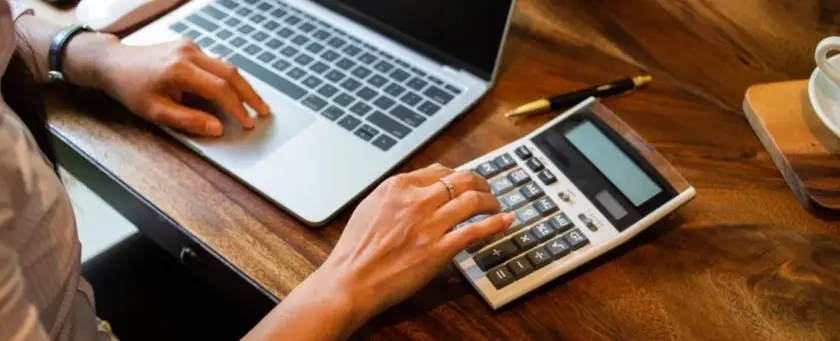The Cost Method for a quick Valuation
The cost method is a quick way to determine the value of an invention or project

The cost method is a method for the valuation of an invention in a startup based on the incurred costs. This is by far the simplest way for valuing a business and is often used when there is not much prospect of actual production and commercialization. This valuation method is based on the total costs you have incurred so far for the development of your idea, plus an amount for goodwill. Let's delve into this further.
Of course, the iCic didn't work all at once; you had to make a whopping 40 prototypes before achieving a workable result. To simplify, we divide the costs as follows:
- Material costs,
- Labor costs,
- Patent costs,
- Company formation costs.
Material Costs
The casing of the box, buttons, and the lens it contains didn't cost much, let's say $15, but the circuit board in the box cost no less than $1,000 each, including shipping costs. You know that in mass production, these costs can be reduced to a tenth of that amount, but that's not relevant now. So, the total material costs are:
40 * ($15 + $1,000) = $40,600
Labor Costs
Furthermore, you invested two years of time in your invention, after working hours of your daily job, on weekends, and during vacations (all to the displeasure of your partner). For simplicity, let's say you worked an average of three hours per day. We'll set your hourly rate at $100, resulting in labor costs of:
2 years * 365 days * 3 hours * $100 = $219,000
Patent Costs
Of course, you ensured that a number of patent applications were filed and granted based on your invention. As mentioned elsewhere on this site, you can expect an average cost of $10,000 for a patent. If we also want to protect the invention in other countries, the total quickly adds up to $40,000.
Company Formation
Regarding the formation of a company, it's discussed elsewhere on this site; we repeat that the costs are around $1,000.
In summary, we get:
- Material: $40,600
- Labor: $219,000
- Patents: $40,000
- Company Formation: $1,000
- Total: $300,600
This is your initial valuation. All added up, we arrive at a value of around $305,000 (rounded in your favor, of course). But is that a good valuation?
You know the prototype works in the garage, and don't forget that the invention itself (projecting images on curved glass) has inherent extra value. We'll conveniently categorize this additional value under Goodwill. Goodwill is a term from the accounting world, and there are many known definitions. In this text, we will define Goodwill as the additional value that can be attributed to a company due to the ability to earn more money than other competitors in a similar industry. In the case of the iCic, this is almost impossible for you to determine, as you haven't encountered such technology before.
Since we completely made up the iCic, we won't attempt to assign a value to the goodwill. Be cautious, though, as in some cases, this could potentially amount to millions. But as mentioned, the cost method presented here should only be used if your invention is still in its infancy and many questions remain unanswered. Before we move on to more complex valuation methods, it's important to say something about the value of money over time.

